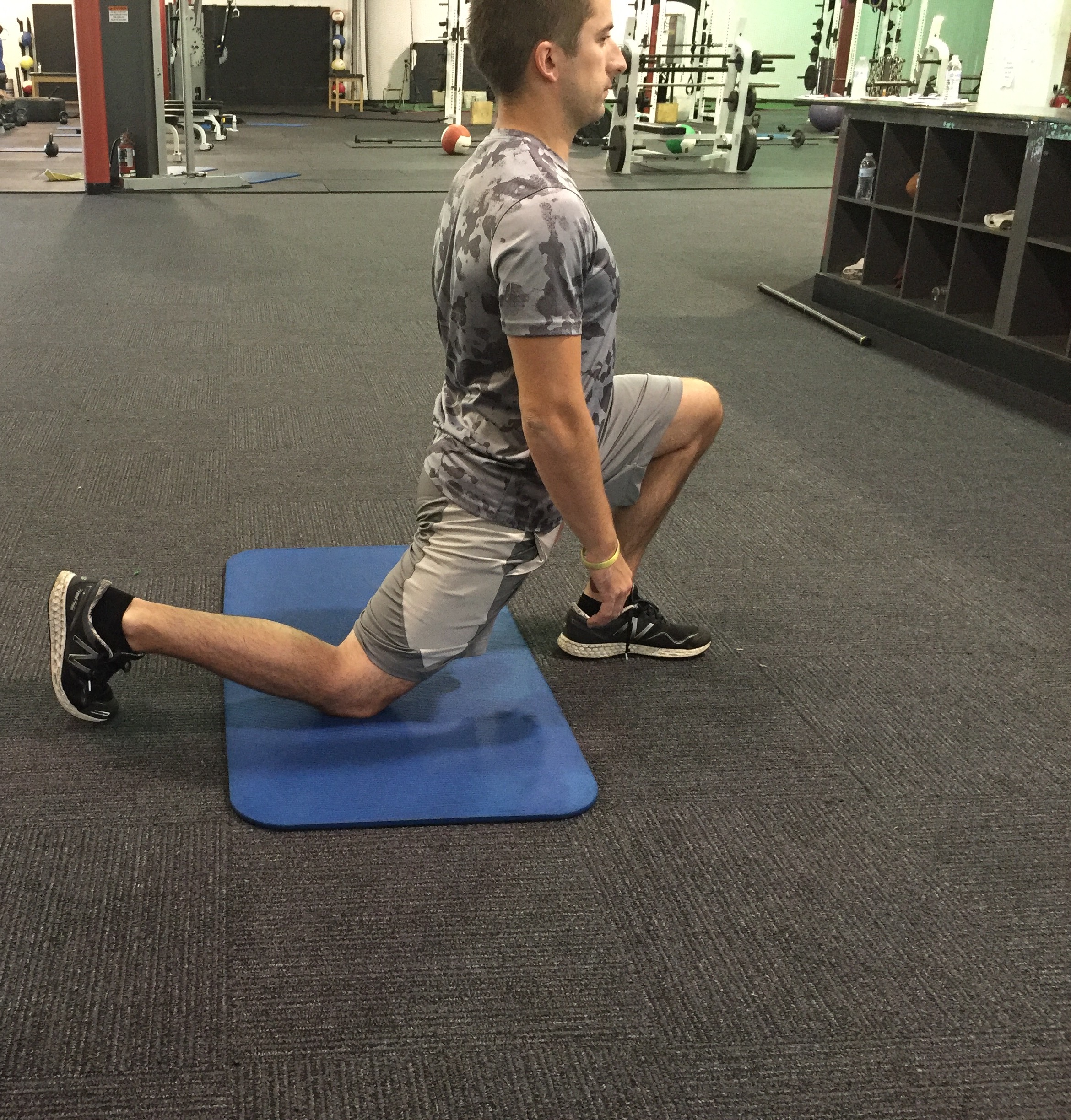Stop Doing These Stretches. Do This Instead!
Stretching or mobility work has been around for quite some time. Walk into any gym and you’ll definitely find someone stretching their hamstrings, working on shoulder mobility, etc.
In my opinion, performing mobility work can be an integral part of any training routine when coupled with quality corrective strategy work and well-structured strength and conditioning.
Be sure to check out this blog post, Why Your Hip Mobility Isn’t Improving Part III HERE .
This post discussed ways to help maintain “new” mobility, but this concept can be applied to any type of limitation in mobility.
As with anything, there can be very effective and “not-so effective” mobility drills that people are performing. Most of the time, it is not fault of their own and they just don’t know or don’t know of a better way to perform them.
With that being said, here are a few mobility drills that I have never did or have gotten away from doing.
1. Scorpion

I see this mobility drill/stretch being done quite frequently. Some clients and athletes that do this drill have mentioned they do this because their back feels “tight”.
I’m of the mindset that you should be able to move through your joints and be able to control your ranges of motion.
My concern with the scorpion stretch is that the lumbar spine has a very limited capacity for handling rotation.

That is not to say that the low back can’t rotate, but as you can see in the image above, there are bony structures that are stopping rotation. In my opinion, I don’t think it is wise to go down the rabbit hole of trying to elicit more mobility when bone is a limiting factor.
A better option may be to improve mobility at the adjacent areas of the body ie. the hips and thoracic spine, in order to help minimize the tightness that is present in the lumbar spine.
Mobility drills such as:
½ Kneeling Couch Stretch
½ Kneeling Hip Flexor Stretch
90/90 Hip ER/IR
Sidelying Rib Roll
Sidelying Thoracic Rotation
By improving hip and thoracic spine mobility, this can allow the lumbar spine to not have to move as much and can also help to decrease perceived tightness in this particular area.
2. Pigeon

If someone likes to perform mobility drills and it makes them feel better, I’m all for it. We want to make sure we are performing them correctly and feeling them in the right spots.
Pigeon is one of those positions that many people perform in a subpar position and/or don’t feel it in the correct location.
Some people will feel a pinch in the front of their hip when going into this position. This is not where you should feel the “stretch”. Make sure not to push into this position if you feel it in the front of your body.
My 2nd concern with this stretch is that most people lean their entire body forward as shown in the picture, in turn, decreasing the amount of stretch on the posterior hip structures.
Instead, either keep a “proud chest” and keep your upper body upright OR try this hip stretch instead.
Quadruped Hip ER Mobilization
Key Points:
-Make sure to keep your low back flat.
-Depending on which side, sit your hip back towards 4 or 5 o’clock for the right side or 7 or 8 o’clock for the left. Experiment with the angle to find the best position for you.
3. ½ Kneeling Hip Flexor Stretch
.jpeg)
This “stretch” is a stretch that can be performed much better. When going into this position as shown above, the stretch is taken off of the actual hip flexors and placed on the lumbar spine driving into extension as well as the anterior hip capsule.
Instead of driving into this position and reinforcing subpar positions, try performing a ½ Kneeling Hip Flexor Stretch like this:
Modified ½ Kneeling Hip Flexor Stretch
Key Points:
-Stack ears, shoulders, hips and back knee on top of each other.
-Stack front knee on top of front ankle.
-Squeeze back leg glute.
You should feel a stretch in the front of the rear leg hip. If you are not, you can try “tucking your tailbone” or press both hands down into your front knee. By doing this, you are positioning your body in a better position and can in turn, improve the stretch.
These are just 3 of many stretches and exercises out there that can be done better or by another means.
Give these 3 options a try if you have been performing the Scorpion, Pigeon, or the Hip Flexor Stretch.



